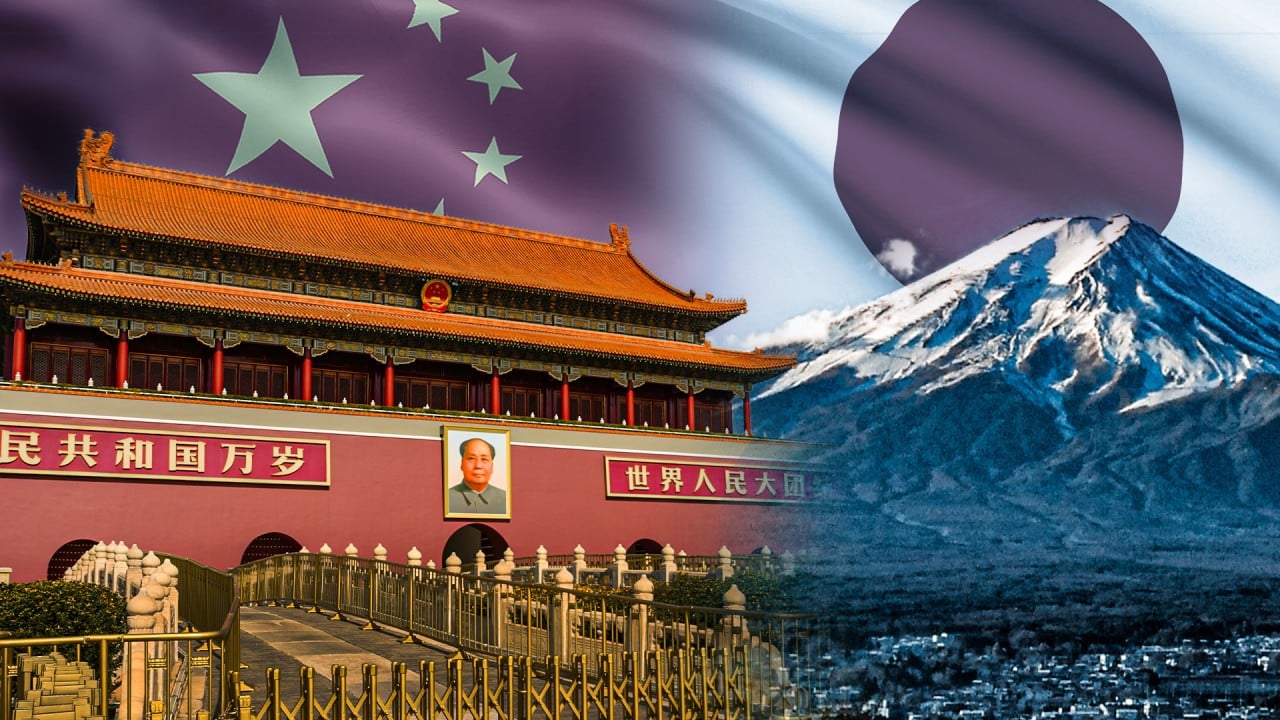At a conference bringing together some of its top players in economic policymaking, China issued a stern rebuke against what it deemed a “malicious” effort to defame its economic prospects.
Officials briefed reporters on China’s economic performance and planned stimulus policies on Wednesday morning, following months of sluggish growth and massive sell-offs of Chinese equities and yuan which have led to speculation over a broader crisis in the making.
This kind of rhetoric has never been successful
Cong Liang, deputy head of the National Development and Reform Commission (NDRC), had harsh words for critics. “We hear noises both internally and externally that talk down on China,” he said.
“This kind of rhetoric has never been successful and will not succeed, now or in the future.”
While admitting China’s economy is facing “a number of challenges and difficulties”, Cong said there is “every reason” to maintain confidence.
Advertisement
Citing trying moments from the past – the 1997 Asian financial crisis and the 2007-08 global financial crisis – Cong said China has not only weathered those critical periods but has “grown even stronger” in their wake.
China’s economic data breakdowns show signs of life amid negative sentiments
China’s economic data breakdowns show signs of life amid negative sentiments
The NDRC – China’s primary economic planner – held the joint briefing with representatives from the People’s Bank of China, Ministry of Commerce, and the Ministry of Industry and Information Technology (MIIT). Throughout, they attempted to address issues that have diminished confidence among consumers and businesses from both home and abroad.
Zou Lan, head of the monetary policy department at the People’s Bank of China, said while the yuan has depreciated against the US dollar, the Chinese currency has “maintained its strength against other non-dollar currencies”, a point which he said illustrates a more “all-rounded view” in assessing the yuan.
The central bank, Zou added, still has “ample policy room to react to challenges” and will “avoid overshooting risks in the exchange rate”.
Advertisement
The conference was held at a time when other state entities have also taken up a defensive posture. Since Sunday, state news agency Xinhua has published a series of long commentary pieces titled “Taking a broader view on China’s economy”.
Advertisement
The columns have taken aim at those who have talked down the country’s performance in the near term, attacking prominent media outlets for “selective reporting”.
Despite Beijing’s upbeat talk and repeated declarations of policy commitments, market responses have remained conservative.
Advertisement
Foreign direct investment in China has also dropped by 5.1 per cent year on year in the first eight months of 2023 to 847.2 billion yuan, according to official figures.
Advertisement


